Andrea Tsurumi (they/them) is a Philadelphia-based children’s book author, illustrator and
cartoonist. Their books include Accident!, Crab Cake, I’m On It!, and they’ve illustrated Mr.
Watson’s Chickens, Sharko & Hippo, and the Kondo & Kezumi series, among other books.
Check out their work at andreatsurumi.com
I had the opportunity to interview Andrea, which you can read below.
First of all, welcome to Geeks OUT! Could you tell us a little about yourself?
Hi there! I’m a children’s book author and illustrator who also makes indie comics for
adults. I love RPGs and video games and learning and talking about narrative design.
My spouse and I live in Philadelphia with our small, serious dog. If I was a gif, it’d be that
“The More You Know” shooting star because I will go off at the drop of a hat about
random history or whatever eclectic trivia.
How did you find yourself becoming an artist? What drew you to illustration?
Like a lot of (or most of?) illustrators and cartoonists, I drew a lot as a kid and never
stopped. At some point, it became part of how other people, like my classmates and
teachers, saw me, and a way to interact with people, but it started as something that I
did for myself. Growing up, stories and drawing (stories) were incredibly interesting and
personally sustaining for me – libraries and books were a safe space to be and think, so I
kept returning to them. All kinds of storytelling, but especially visual storytelling felt
meaningful and exciting, so I just kept throwing myself into them however I could.
Could you describe your artistic background in some detail, like what your art
education was like?
Read a ton of books and magazines like Cricket, watched a lot of movies and tv
(Batman: the Animated Series got me into indie comics), visited museums, and drew a
bunch. From 4th grade to 12th grade, I learned how to draw in a weekly evening art
class at a local frame shop. That class, which started us all off copying photos from
animal calendars and photo essays, was a social bright spot in the week: a chill room full
of kids and teens hanging out, telling stories, and drawing whatever they wanted, without
grades or posturing or competition. It made me associate making art with having
company and feeling comfortable. Later, in college, I found this again doing tech theater
painting and again post-grad school, in a studio.
In college, I did an English degree to study narrative deconstruction (specifically how it
related to craft) and storytelling via text + image in illustrated books, playwriting, and
animation. Between graduating and going to Illustration grad school, I worked in
publishing, took continuing ed comics courses, and made indie comics with friends for
cons like MoCCA and SPX. After graduating with an MFA in 2013, I had a part-time day
job and tried a ton of freelance (editorial, comics, misc illustration) while working on kidlit
dummies.
How would you describe your drawing/creative process?
I’m a line person – it’s what my brain wants in art, so I feel the easiest drawing on paper
with pen or mechanical pencil, then coloring digitally. Most of my work is
character-focused, so I often build out from characters and figures. Starting with doodles
and notes, I play by smashing together ideas and images until something feels funny or
interesting, then I thumbnail/cartoon the story out and revise. When illustrating someone
else’s manuscript, I read for the story beats and start noting images and feelings or jokes
and pacing, then doodle and thumbnail around that.
As an artist, who or what would you say are some of your greatest creative
influences and/or sources of inspiration?
Growing up, Edward Gorey, Charles Addams, Jules Feiffer, Herge, Bill Watterson,
James Marshall, Graeme Base, Aardman Studios, Horrible Histories, and the Usborne
guides series were big influences. Ellen Raskin probably had the biggest impact on me,
because of the flawed, frustrated, and deeply human children and adult characters she
created, how she mixed image and text, and how she showed pain and humor.
As an adult, finding out about ukiyo-e illustrators like Utagawa Kuniyoshi and Kawanabe
Kyosai, and discovering the novels and comics of Tove Jansson was mind-blowing.
These days, I can’t get enough of how creators like Remy Lai, John Hendrix, Ariel
Aberg-Riger, Aude Picault, and Shinsuke Yoshitake play with text and pictures.
What are some things you hope to say through your art?
I don’t really know? This probably changes depending on what’s going through my brain
at the time. The questions and feelings that preoccupy me now usually tie back to
questions and feelings I had as a kid, so making books about those things feels like a
level conversation instead of, say, a lesson. I hope I tell a good story or make compelling
characters, but thinking about the audience or their reactions just shuts me down and
makes it impossible to write.
What would you say are some of your favorite fandoms/ pop culture go-tos?
In RPGs, it’s D&D, Blades in the Dark, and any number of the Lasers and Feelings
hacks or Grant Howitt one-shots. If “comedy” isn’t too broad a category, then
improv-created shows like Los Espookys, Drunk History, What We Do In the Shadows
and Taskmaster are big favorites. Star Trek and Steven Universe, of course.
In video games, I love playing the Dragon Age series, The Witcher 3, Return of the Obra
Dinn, and Hades, although I probably watch more streamers playing games than I play
myself. I watch a ton of Writing on Games, Oxventure D&D and Outside Xbox/Outside
Xtra videos, and I’m a huge fan/lovely skeleton pal of nonbinary streamer, miniature
painter, and DM Johnny Chiodini.
What have been some of your favorite illustrations/projects to date?
Mr. Watson’s Chickens, a picture book by Jarrett Dapier (Chronicle) – because in
addition to drawing mass chicken chaos, I got to depict a gay couple in a book (one of
whom is Japanese-American like me) and fill the story with queer easter eggs.
Kondo and Kezumi, an illustrated chapter book series by David Goodner because of
those singular monster-y main characters and the free rein with world-building I got to
enjoy.
Accident! and Crab Cake, because they’re about characters freaking out about and
helping each other with their humanity. I was a scared and anxious kid and wished
someone would have talked to me about these ideas back then.
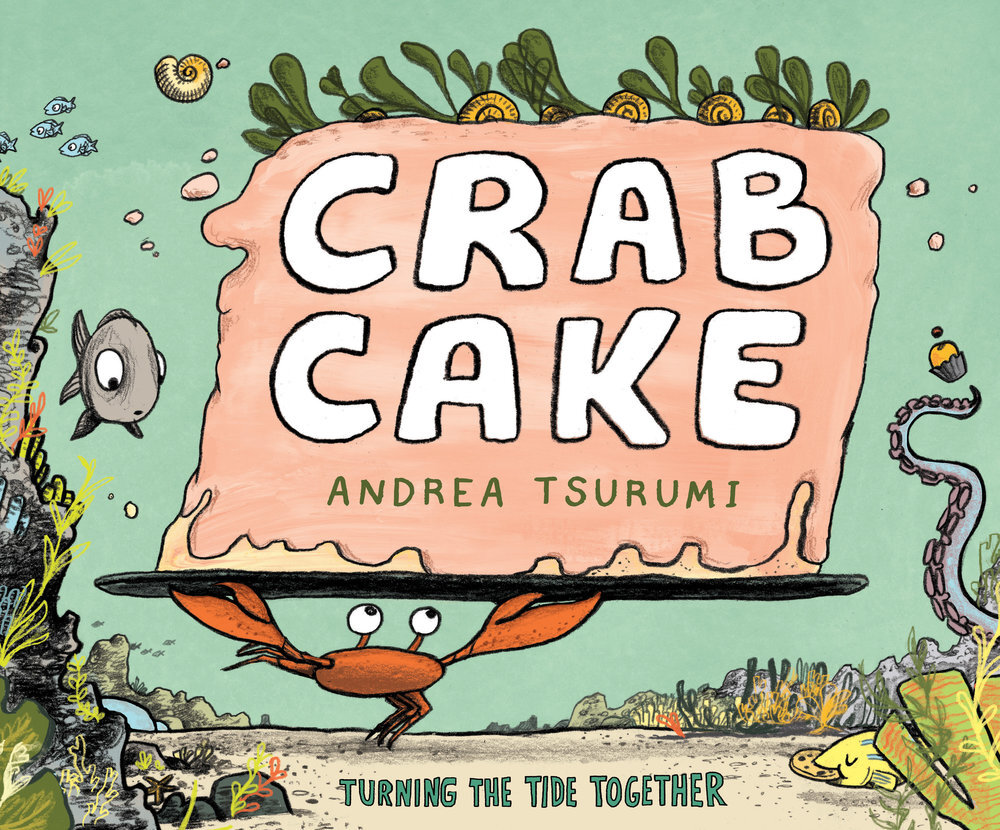
What’s a question you haven’t been asked yet but wish you were asked (as well
as the answer to that question)?
“Where did the idea that graphic novels and picture books aren’t for older children,
adults, or serious readers come from?”
Thankfully, this seems to be something that’s asked less and less, especially as more
educators and critics read comics themselves. However, I think there still is an idea that
the text of a story = The Story, the Real Work, and that the images are supplementary or
less important. You see this when the writer of a comic or picture book gets credited
publicly but the illustrator isn’t mentioned, or when librarians get asked about how to
“phase out” graphic novels from kid readers’ habits as they age. The story in a visual
story comes from the combination of text and images. Text + image + sequence =
meaning, the impact of the story, the way it makes a reader feel. So why do images,
equal partners in this work, sometimes get shafted?
Honestly, I think most people here are never taught about how to talk to each other
about art and images. Although images are a HUGE part of human communication and
visual storytelling is literally all around us, all the time, no one really knows how to talk
about what it’s doing and how it’s doing it (composition, color, contrast, pacing, shots,
etc.) That art gets cut from so many gutted school budgets doesn’t help, nor does the
idea that art for kids is fine, but art that doesn’t make money has no legitimacy or
purpose in the adult world.
Second of all, there’s a ton of historical stink on the idea of comics in America. See the
Wertham Trial, Comics Code, and the panic about comics creating juvenile delinquency
to explain why no proper school or library would carry comics in most of the 20th century,
and why they were seen as only for little kids, not adults. There’s also xenophobic and
classist reasons why comics were considered trash despite being instantly and
enduringly beloved. This is comics-specific, but it certainly contributes to that (images <
text) feeling. There’s probably other historical reasons for this dynamic, but this is
already too long….[the more you know…..]
Are there any projects you are working on and at liberty to speak about? Are there
any sorts of projects you would hope to work on?
Yes! I’m illustrating the brilliant Kyle Lukoff’s picture book, There’s No Such Thing as
Vegetables (Macmillan), about arbitrary social constructs and categories (as told by
sassy vegetables). And My Head Has a Bellyache (LBYR), Chris Harris’ book of
ridiculous poems that I illustrated, comes out this summer.
I’d love to illustrate more kids’ chapter books and adults’ visual essays. Of my own stuff,
I’m working on a comics/chapter book hybrid and some indie comics.
What advice would you give to other aspiring creatives?
About the fear and insecurity of not knowing what you don’t know: doubt and uncertainty
are always there, for everybody, regardless of what you’ve already done. The difference
between starting out and being further along in making stuff is eventually your
experience starts to override your insecurity about feeling insecure. It’s rough starting
anything because there’s pressure not to show doubt and not to own up to it, but that
makes it 20x harder to trust yourself and ask for help. If you’re doing something new, try
to get more time than you think you need, experiment, ask for help, and sort through that
help for what you think is useful.
Your health, humanity, and sanity matter the most.
Finally, what books/comics (LGBTQ+ or otherwise) would you recommend to the
readers of Geeks OUT?
Bodies Are Cool by Tyler Feder
On a Cute One by Frances Cordelia Beaver
Sanity & Tallulah by Molly Brooks
You, A Bike and a Road, Why Art, The Hard Tomorrow by Eleanor Davis
Snapdragon by Kat Leyh
Hamster Princess series by Ursula Vernon
Twins by Varian Johnson, Drawn by Shannon Wright
Plenty of Hugs by Fran Manushkin, Illustrated by Kip Alizadeh
My Parents Won’t Stop Talking by Emma Hunsinger, Illustrated by Tillie Walden
The Cooking Gene by Michael W. Twitty
The Assassination of Braingwain Spurge by M.T. Anderson and Eugene Yelchin
Not books:
Kelly Bastow’s instagram (@moosekleenex)
Alok Vaid-Menon’s instagram (@alokvmenon)
Yanyi’s writing advice column on creativity, publishing, race, queerness, identity and
humanity (reading.yanyiii.com)

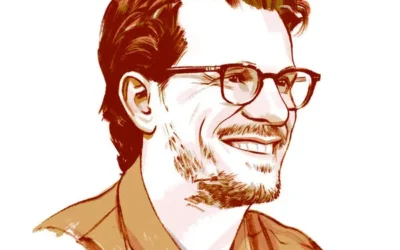
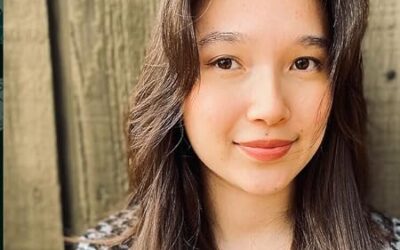
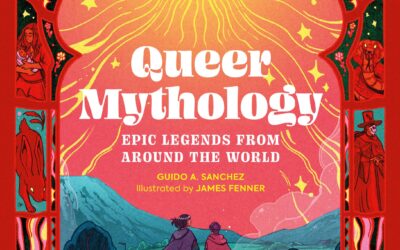
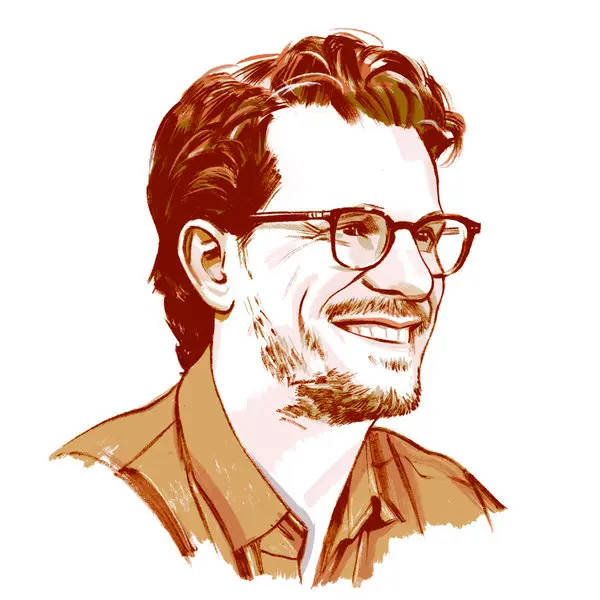
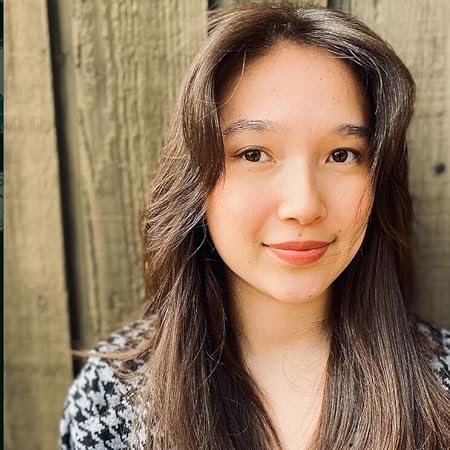
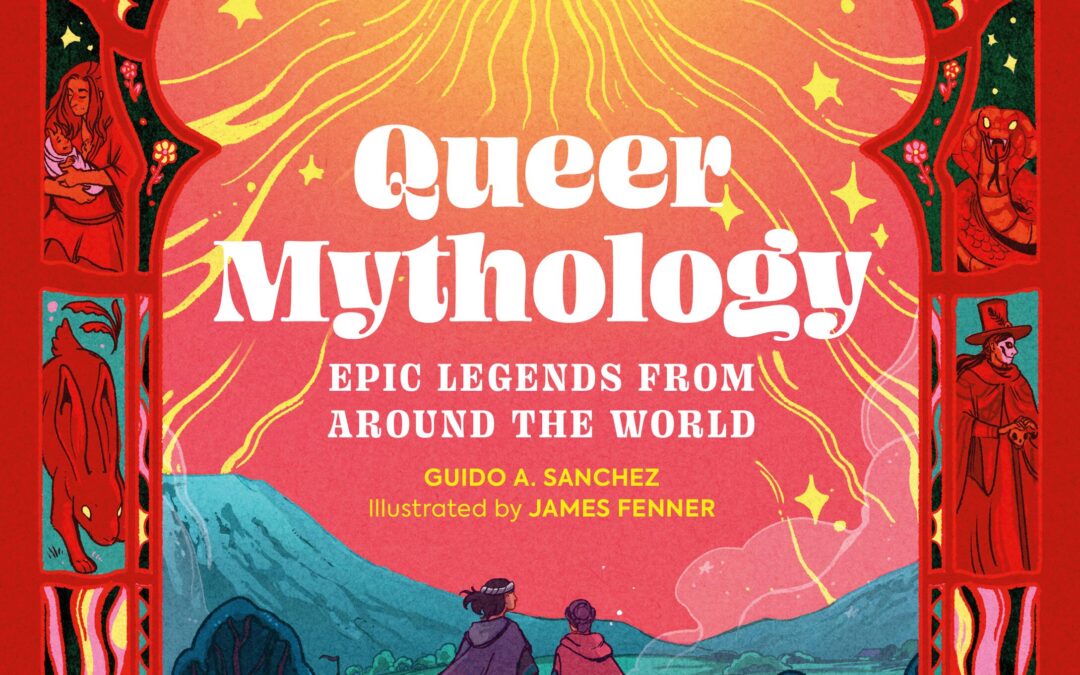
0 Comments